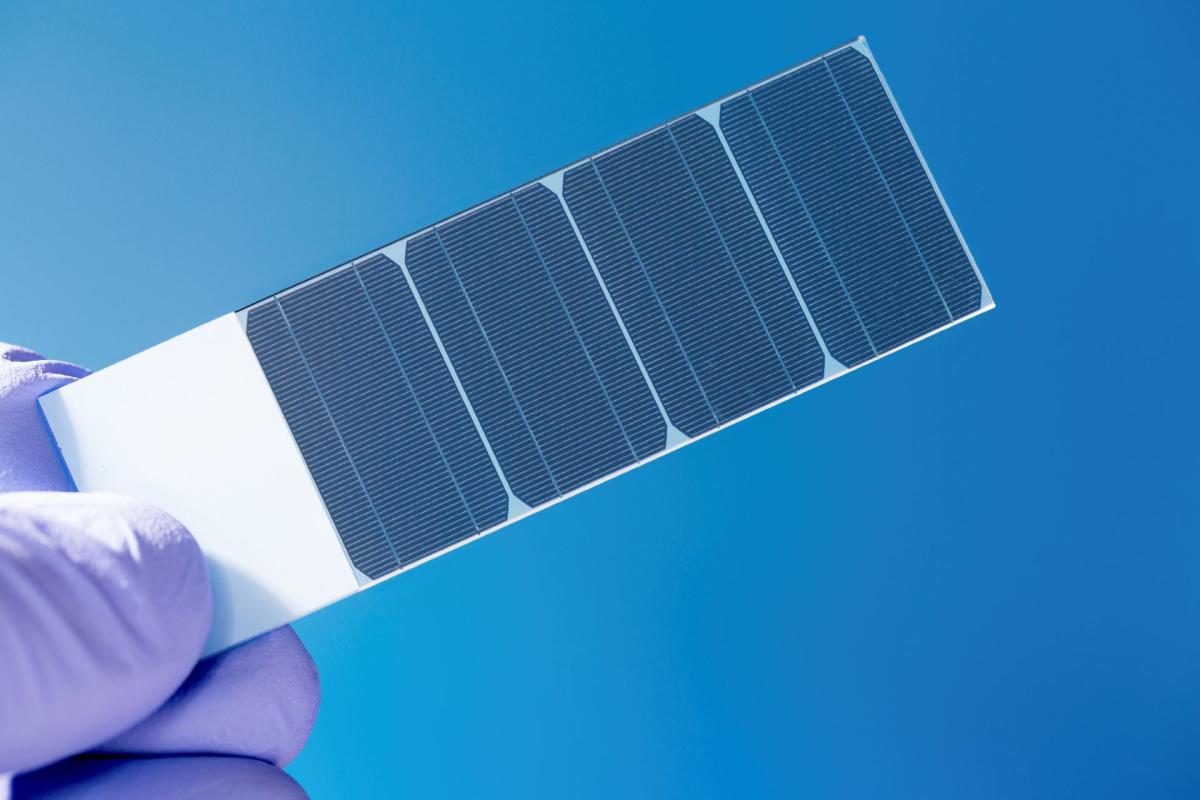Tech
Transparent solar cell technology could allow more surfaces to become solar panels — here’s how it works

Just imagine the energy-generating potential of transparent solar panels. Office building windows, car windshields, and even plant greenhouses could generate energy from the sun, all without blocking the view.
A team of researchers at King Abdullah University of Science and Technology in Saudi Arabia has been exploring novel organic materials to develop a more efficient semi-transparent panel, as posted at Phys.org.
According to the report, organic solar cells usually involve a bulk heterojunction, composed of two different materials as electron donor and acceptor layers. These cells capture and convert sunlight into electricity, but they’re not transparent.
Lead researcher Derya Baran and postdoc Anirudh Sharma have been testing organic non-fullerene acceptor (NFA) molecules in heterojunction layers and achieved “record-breaking efficiencies” approaching 20%.
However, they were surprised when testing these NFAs in a single-component film. Baran and Sharma found that a charge was spontaneously generated, even without an interface with the donor material. Since the thermally stable organic photovoltaics with these types of acceptors are near-infrared-absorbing, they are more visibly transparent.
“This challenges our understanding of how these devices operate and prompts a reevaluation,” Sharma said, per Phys.org.
Watch now: Climate scientist dispels misconception that burning wood pollutes more than burning dirty energy
However, the NFA still performed poorly without a donor, so adding that back in at a lower percentage improved efficiency. As Sharma put it, “This enabled us to make solar cells that are partially see-through, while still converting sunlight to electricity.”
The goal is to achieve a balance between transparency and efficiency so that more solar panel applications can be developed.
This is good news for proponents of green energy sources. According to the U.S. Energy Information Administration, utility-scale electricity generation hit about 4.18 trillion kilowatt-hours in 2023, and about 21% of that was from renewables like solar, wind, and hydropower.
However, it is also estimated that an additional 73.62 billion kilowatt-hours were generated from small-scale solar photovoltaics. Energy storage infrastructure still needs to be expanded globally, however, to take advantage of the sun to the fullest.
Adding more large-scale batteries, such as the Tesla Megapack, to the grid would be a good start, especially considering the recent leaps forward in green energy production, as reported by CleanTechnica.
Solar panels can generate electricity without producing planet-warming carbon dioxide and, as a result, reduce air pollution. Installations also tend to have a smaller carbon impact than fossil-based extraction, minimizing disruption to the ecosystem and wildlife habitats.
So far, the researchers have achieved a 5.3% solar efficiency while allowing 82% of the visible light to pass through, marking a relatively high transparency for the modules. They are now exploring variations of these molecules further in hopes of increasing efficiency and a higher degree of transparency.
As Sharma explained, “We are now investigating next-generation non-fullerene acceptors at a fundamental level to understand their photophysics and how charge transport layers impact the overall performance of homo-junction devices.”
Join our free newsletter for weekly updates on the coolest innovations improving our lives and saving our planet.










